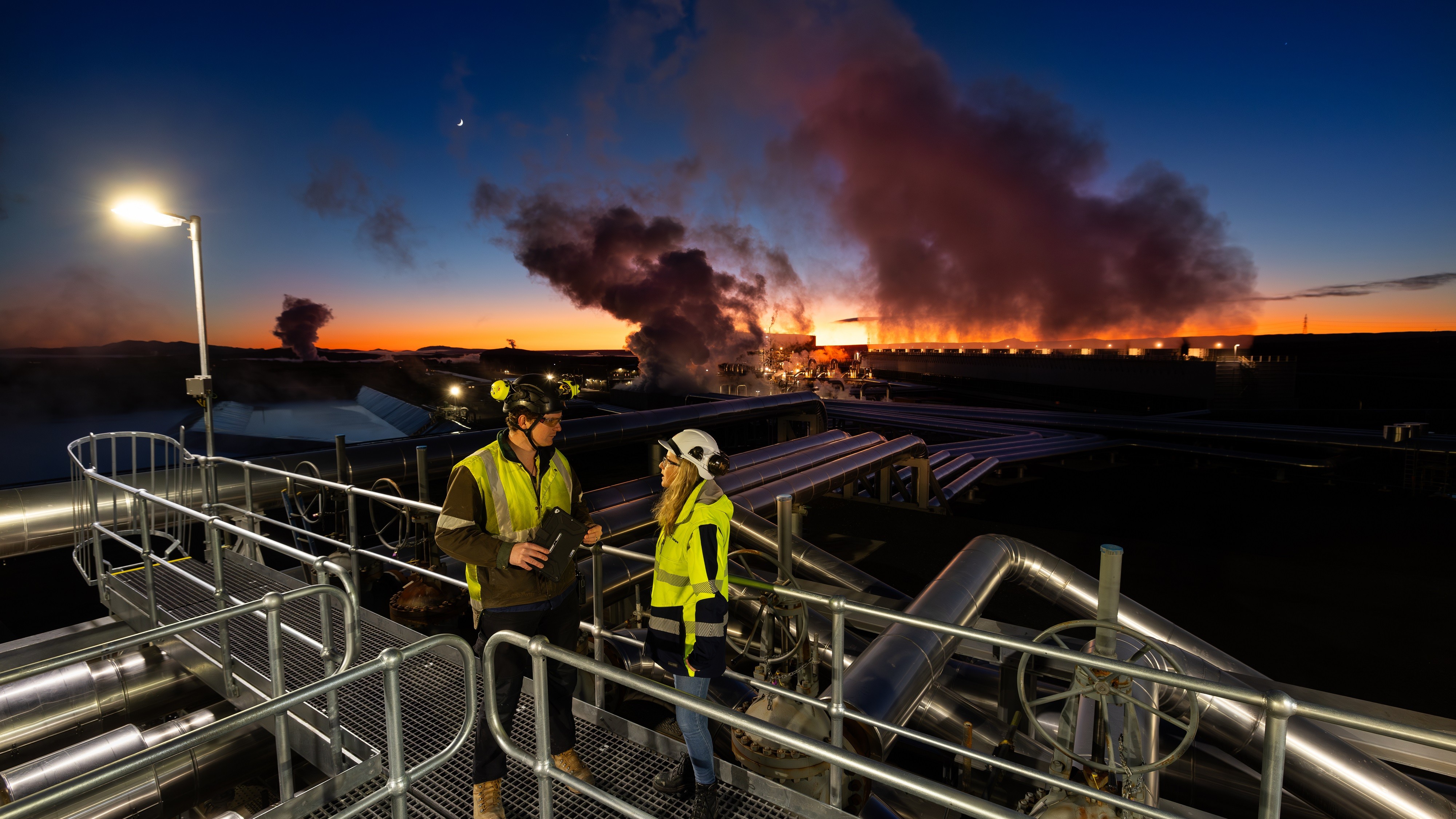AWARDS FINALIST: Contact Energy – Tauhara: renewable power and resilience

Contact Energy's $924 million Tauhara power station delivers 174 megawatts of baseload renewable energy - enough to power more than 200,000 homes and meet 3.5 per cent of the nation's electricity supply.
It features the world's largest single-shaft geothermal turbine, spinning at 3000 revolutions per minute, and was built with the support of 4000 people from 26 countries, contributing 2.65 million work hours.
The journey to completion was anything but smooth. The project faced significant headwinds, including the global Covid-19 pandemic, which disrupted supply chains and workforce availability.
Then, during commissioning in late 2023, critical issues with steam-field valves and the liquid handling system required a full redesign and rebuild of the steam separation plant.
Despite these setbacks and additional costs, the team's unwavering focus and collaborative spirit saw Tauhara successfully complete a 30-day reliability run in June last year, reaching full capacity. The power station was then officially opened in November.
Impact
Tauhara's impact was immediate. During last winter, when gas constraints and low hydro storage stressed the national grid, Tauhara provided critical renewable energy.
Up until the time of the awards entry in late April, it had generated more than 923 GWh of electricity, contributing to a 20 per cent increase in Contact's renewable generation and helping stabilise electricity prices.
And despite being materially more costly than first envisaged, the $5.3 million cost-per-megawatt remains a world-leading price.
Innovation is at the heart of Tauhara's success. Advanced 3D subsurface modelling enabled precise drilling up to 3 kilometres below ground, optimising well placement and reducing environmental impact.
The project also introduced new drilling technologies and casing methods, improving efficiency and reducing costs.
People
But Contact says Tauhara's success is not just a technical triumph - it's a people-first project. The company prioritised worker well-being, establishing a "well-being reception", on-site health clinics and a central "construction village" to foster community.
Cultural inclusion was also central, with local iwi involved in site inductions, cultural monitoring and employment initiatives. Through the Ka Hiko programme, 89 local and Māori workers gained training and employment on-site.
The project's partnership with the Tauhara hapū was formalised through a relationship agreement, which embedded local tikanga into the workplace and enabled the return of land for ecological restoration.
This deep respect for people and place earned Contact the Well-being Award at last year's New Zealand Workplace Health and Safety Awards.
Tauhara is already influencing future projects; lessons from its development are being applied to Contact's next geothermal venture, Te Mihi Stage 2A.
As Contact continues its $2.3 billion investment in renewables, Tauhara stands as a beacon of what's possible when innovation, resilience and community come together.
The annual Energy Excellence Awards will be held in Wellington on 13 August. The Energy Project of the Year award is sponsored by Bluecurrent.